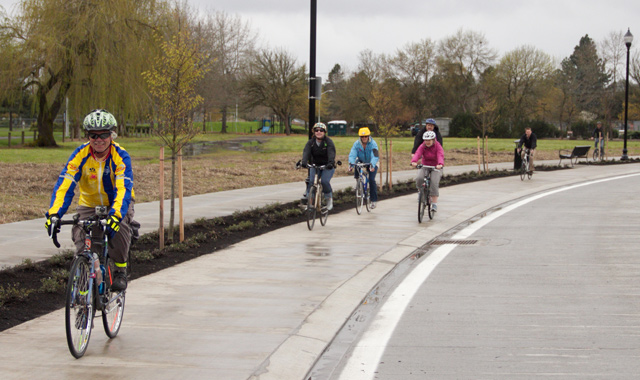AlvinofDiaspar
Moderator
Have you any actual data about even a single incident that resulted in a death in this city this year? How far away any of the vehicles were when the victim stepped off the curb? What speed they were travelling? How many seconds would the driver have had to brake? Was there specific evidence of inattention or distraction? Were there other factors that would have caused distraction or affected the driver’s recognition of the pedestrian? Were the sightlines blocked by other vehicles? Were the drivers found to be intoxicated? What condition were their vehicles in? Were their tires and brakes in good working order? What was the road condition? Were there tripping hazards or surface irregularities that might have caused a change or unforeseen in the direction or pace of the pedestrian’s travel? What was the position of the sun and how would shadows etc have affected visibility of the diver or the victim as they approached each other?
We know these incidents are happening, but we don’t know the causal factors. The investigators seldom release their end reports, and the media really don’t follow up consistently beyond the initial reporting of an incident. Some of those investigations haven’t even been concluded.
Your claim that the deaths are “at the hands” of drivers is utterly uninformed. But go ahead, keep up the trolling.
- Paul
Actually what we also know is that there is a direct relationship between speed and probability of death. That's why speed limit exists - it is not meant to be a solution to all those other issues/causes you have mentioned.
AoD
Last edited:





